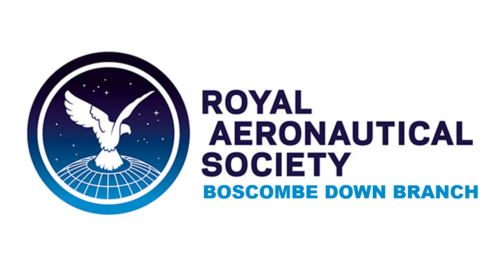A presentation by Dr Graham Rood – released February 14, 2012
Graham Rood qualified as a Chartered Engineer in Mechanical and Aeronautical Engineering at the Royal Aircraft Establishment, Farnborough, through a five-year student apprenticeship. A spell at the Royal Signals and Radar Establishment (SRDE Christchurch) and later at the Aeroplane and Armaments Experimental Establishment (A&AEE, Boscombe Down) preceded a number of years at the Institute of Sound and Vibration Research at Southampton University, where he obtained a Masters degree followed by a Doctorate in psychoacoustics.
He then returned to Flight Systems Department at RAE Farnborough in the Human Engineering Division, where he took charge of the Acoustics & Vibration Group and was involved with the development of the then new ideas on Active Noise Reduction and military cockpit acoustics.
He became Superintendent of the Man-Machine Integration (MMI) Department in 1993, the department being involved in a wide range of cockpit systems technology and human factors research, including flying clothing research & development
His final post was as the Research Manager and Assistant Director for Man-Machine Integration (MMI) issues across the DERA structure.
After retirement in 2000 he continued as a consultant to Qinetiq for a few years before bowing out and spending his time ensuring that the technical and scientific heritage of the 100 years of the Royal Aircraft Establishment are not lost or forgotten by joining Farnborough Air Sciences Trust (FAST). He remains a Trustee of the FAST organisation, the Curator of the Flying Clothing Collection and leading the effort in the archiving of, and public access to, the wide range of unique RAE records.
The long history of flying clothing has always been characterised by the race to keep aircrew safe from the rapidly increasing performance of the military aeroplane. This was particularly true during the speedy advances of aircraft technologies during the two world wars.
This lecture starts with the earliest days, when height and speed were not particularly relevant – although duration was. The Great War moved aircraft systems, particularly oxygen systems, forward and by the end of WW1 an inventory of flying clothing was set. With the cessation of hostilities there was a lull in the development of both aircraft design and the associated flying clothing. The build up to WW2 saw the realisation of how far behind Great Britain was in the development of aircraft systems and in the period of the war – generally free of Government Treasury spending restrictions – enormous strides were made in aircraft performance and the associated need for flying clothing to protect aircrew and allow them to perform adequately at high speeds, high altitudes and at high‘g’. Post war turned to the operational need to fly at altitudes above 50,000 ft and full and partial pressure suit R&D was initiated, with the UK taking a different direction to the USA in its evolution. A change in operational policy caused by the shooting down of the U2 led to the need to fly fast at low level and, along with RAF operations in the Middle East, initiated the development of air and liquid cooled flying suits. Also, during this period, oxygen systems regulators were moved from aircraft-mounted to seat-mounted to man-mounted and then back again. The last major developments of flying clothing were in the necessity for NBC protection, leading to the highly successful – but not universally popular – Aircrew AR5 and for coping with the high performance of Eurofighter/Typhoon, particularly in the high ‘g’ environment. The increasing move to unmanned aircraft – apart from the F-35, which, presumably will use mainly US AEA – may see the end of major UK involvement in the long history of flying clothing development.
